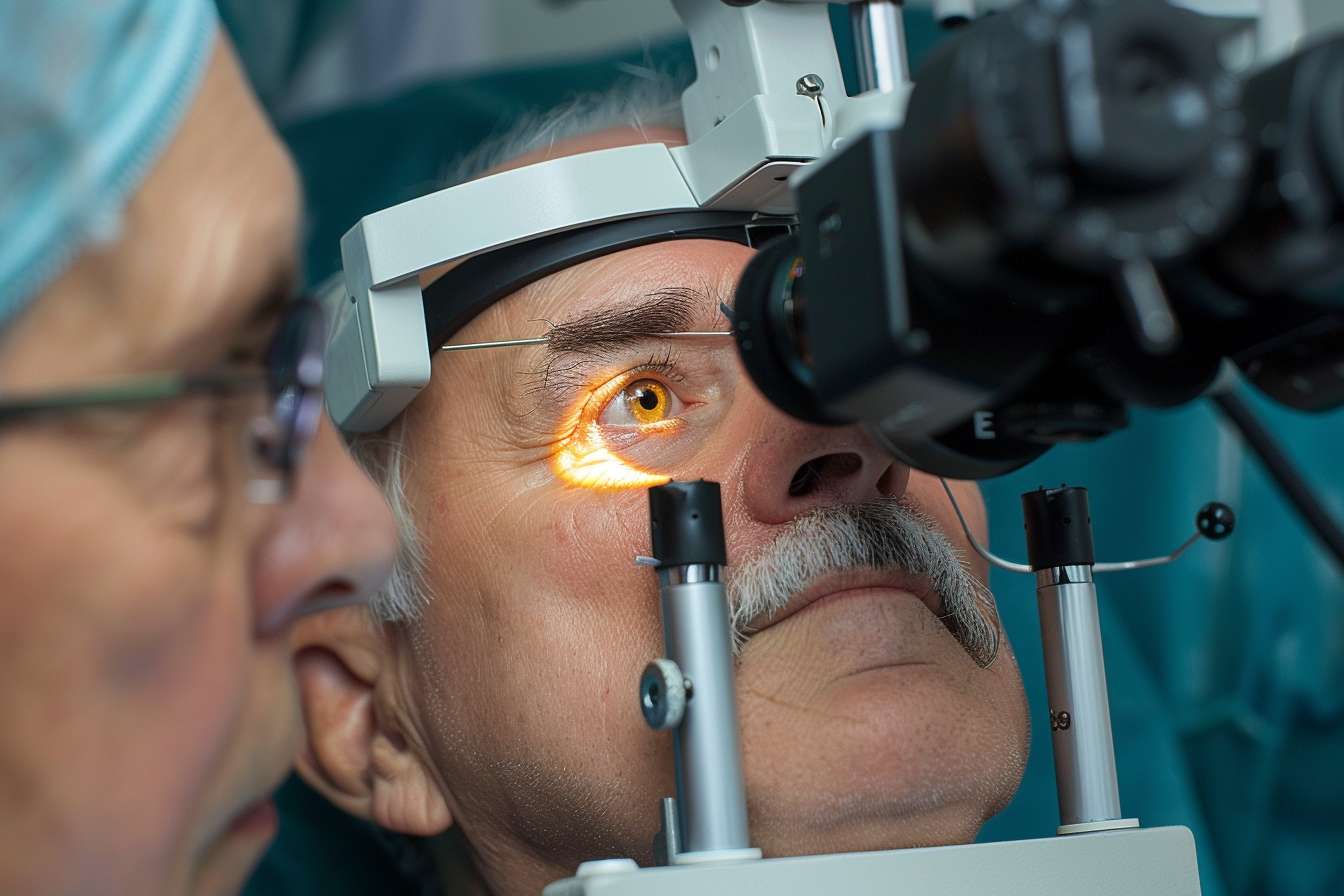Cataract Surgery: Comprehensive Guide to Modern Treatment Options
Cataract surgery represents one of the most frequently performed and successful surgical procedures worldwide, restoring clear vision to millions of patients annually. As cataracts develop naturally with age, affecting the eye's natural lens by causing cloudiness that impairs vision, surgical intervention becomes necessary when daily activities become compromised. Modern cataract surgery techniques have evolved significantly, offering patients various options for lens replacement and addressing additional vision concerns simultaneously.

What is Cataract Surgery?
Cataract surgery is a medical procedure designed to remove the clouded natural lens of the eye and replace it with an artificial intraocular lens (IOL). The surgery aims to improve vision clarity, colour perception, and overall quality of life for patients suffering from cataracts. The procedure is typically performed on an outpatient basis and usually takes less than an hour to complete.
During the surgery, the ophthalmologist makes a small incision in the eye to access the cataract-affected lens. The cloudy lens is then broken up using ultrasound waves (phacoemulsification) or laser technology and removed. Once the old lens is extracted, a clear artificial lens is inserted in its place, restoring the eye’s ability to focus light properly onto the retina.
How Does Lens Fixing in Cataract Operation by Laser Work?
Laser-assisted cataract surgery represents a significant advancement in the field of ophthalmology. This cutting-edge technique utilizes femtosecond laser technology to perform several crucial steps of the cataract removal process with unprecedented precision.
The laser is used to create the initial corneal incision, fragment the cataract-affected lens, and soften it for easier removal. This approach offers several advantages over traditional methods:
-
Increased precision in creating incisions and opening the lens capsule
-
Reduced ultrasound energy required for lens fragmentation, potentially leading to faster healing
-
Enhanced accuracy in IOL placement
While laser-assisted cataract surgery can provide excellent outcomes, it’s important to note that it may not be necessary or suitable for all patients. The decision to use laser technology depends on various factors, including the patient’s specific eye condition and the surgeon’s recommendation.
How is Astigmatism Managed in Cataract Surgery?
Astigmatism, a common refractive error causing blurred vision, can be effectively addressed during cataract surgery. Modern techniques allow surgeons to correct both cataracts and astigmatism in a single procedure, potentially reducing or eliminating the need for glasses after surgery.
There are several approaches to managing astigmatism during cataract surgery:
-
Toric IOLs: These specially designed lenses can correct astigmatism as well as near or farsightedness.
-
Limbal relaxing incisions: Small cuts made in the cornea to change its shape and reduce astigmatism.
-
Laser-assisted astigmatism correction: Using femtosecond laser technology to create precise corneal incisions for astigmatism correction.
The choice of method depends on the degree of astigmatism, the patient’s overall eye health, and the surgeon’s expertise. It’s crucial for patients with astigmatism to discuss their options with their ophthalmologist to determine the most suitable approach for their individual needs.
What Are the Cataract Surgery Cost Considerations in the UK?
The cost of cataract surgery in the UK can vary significantly depending on whether the procedure is performed through the National Health Service (NHS) or privately. Understanding these cost considerations is crucial for patients planning to undergo cataract surgery.
| Provider Type | Estimated Cost Range | Waiting Time | Additional Notes |
|---|---|---|---|
| NHS | Free (covered by NHS) | Variable (weeks to months) | Standard monofocal IOLs provided |
| Private Clinics | £2,000 - £4,000 per eye | Minimal | Wider range of IOL options available |
| Private Hospitals | £2,500 - £5,000 per eye | Minimal | May offer more comprehensive care packages |
Prices, rates, or cost estimates mentioned in this article are based on the latest available information but may change over time. Independent research is advised before making financial decisions.
NHS cataract surgery is free for eligible patients but may involve longer waiting times. Private treatment offers faster access and a wider range of lens options but comes at a significant cost. Factors affecting private treatment costs include:
-
Type of IOL chosen (e.g., monofocal, multifocal, or toric lenses)
-
Use of advanced technologies like laser-assisted surgery
-
Surgeon’s expertise and clinic location
-
Pre- and post-operative care package
It’s important to note that while private clinics may offer more advanced options, the NHS provides high-quality care and successful outcomes for the vast majority of patients. Patients should carefully consider their needs, budget, and the potential benefits of different treatment options when making a decision.
Cataract surgery has come a long way, offering patients improved visual outcomes and quality of life. From advanced laser techniques to astigmatism correction and various IOL options, modern cataract surgery provides tailored solutions for diverse patient needs. While cost considerations play a role in treatment decisions, particularly in the UK healthcare landscape, the long-term benefits of restored vision often outweigh the initial investment for many patients.
This article is for informational purposes only and should not be considered medical advice. Please consult a qualified healthcare professional for personalized guidance and treatment.




